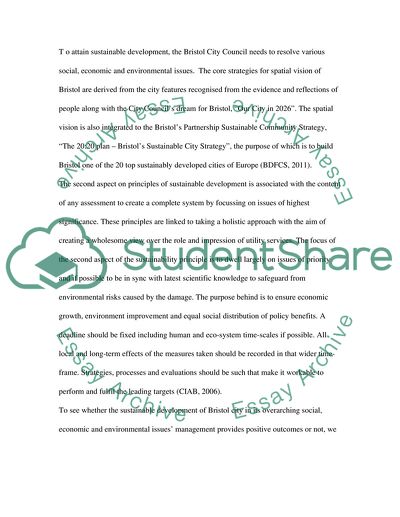Cite this document
(“How Far Local Development Plan of Bristol Has Incorporated Principles Assignment”, n.d.)
How Far Local Development Plan of Bristol Has Incorporated Principles Assignment. Retrieved from https://studentshare.org/environmental-studies/1773942-evaluate-how-far-a-local-development-plan-has-incorporated-principles-of-sustainable-development
How Far Local Development Plan of Bristol Has Incorporated Principles Assignment. Retrieved from https://studentshare.org/environmental-studies/1773942-evaluate-how-far-a-local-development-plan-has-incorporated-principles-of-sustainable-development
(How Far Local Development Plan of Bristol Has Incorporated Principles Assignment)
How Far Local Development Plan of Bristol Has Incorporated Principles Assignment. https://studentshare.org/environmental-studies/1773942-evaluate-how-far-a-local-development-plan-has-incorporated-principles-of-sustainable-development.
How Far Local Development Plan of Bristol Has Incorporated Principles Assignment. https://studentshare.org/environmental-studies/1773942-evaluate-how-far-a-local-development-plan-has-incorporated-principles-of-sustainable-development.
“How Far Local Development Plan of Bristol Has Incorporated Principles Assignment”, n.d. https://studentshare.org/environmental-studies/1773942-evaluate-how-far-a-local-development-plan-has-incorporated-principles-of-sustainable-development.


